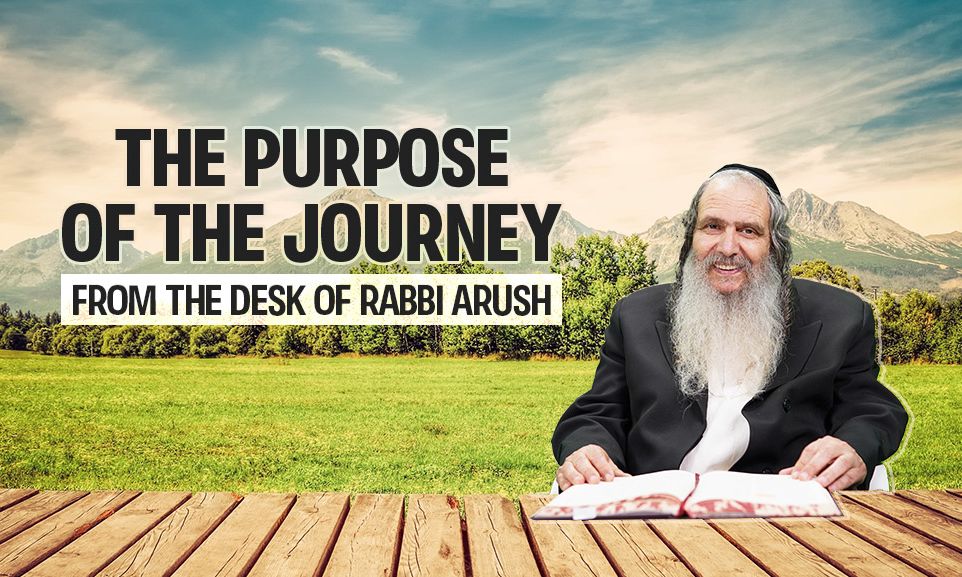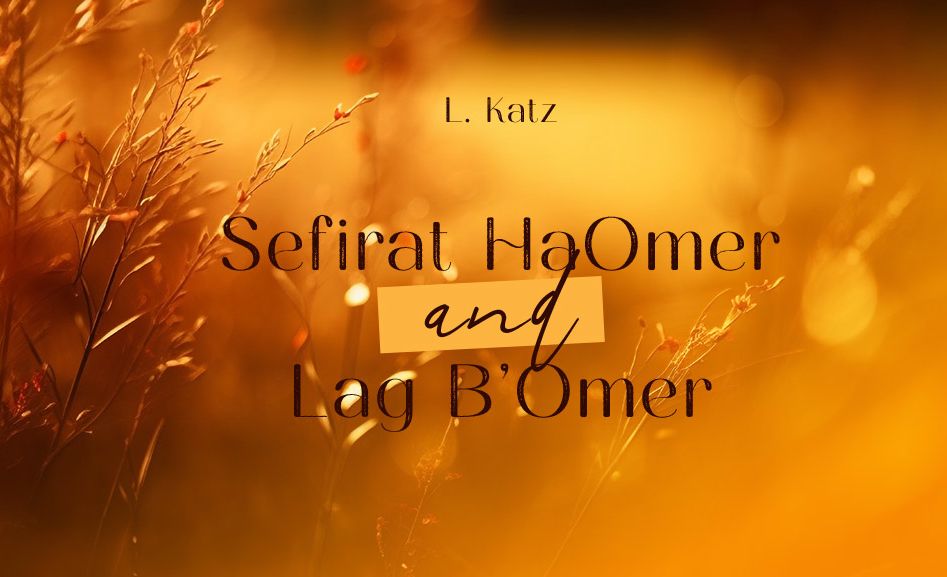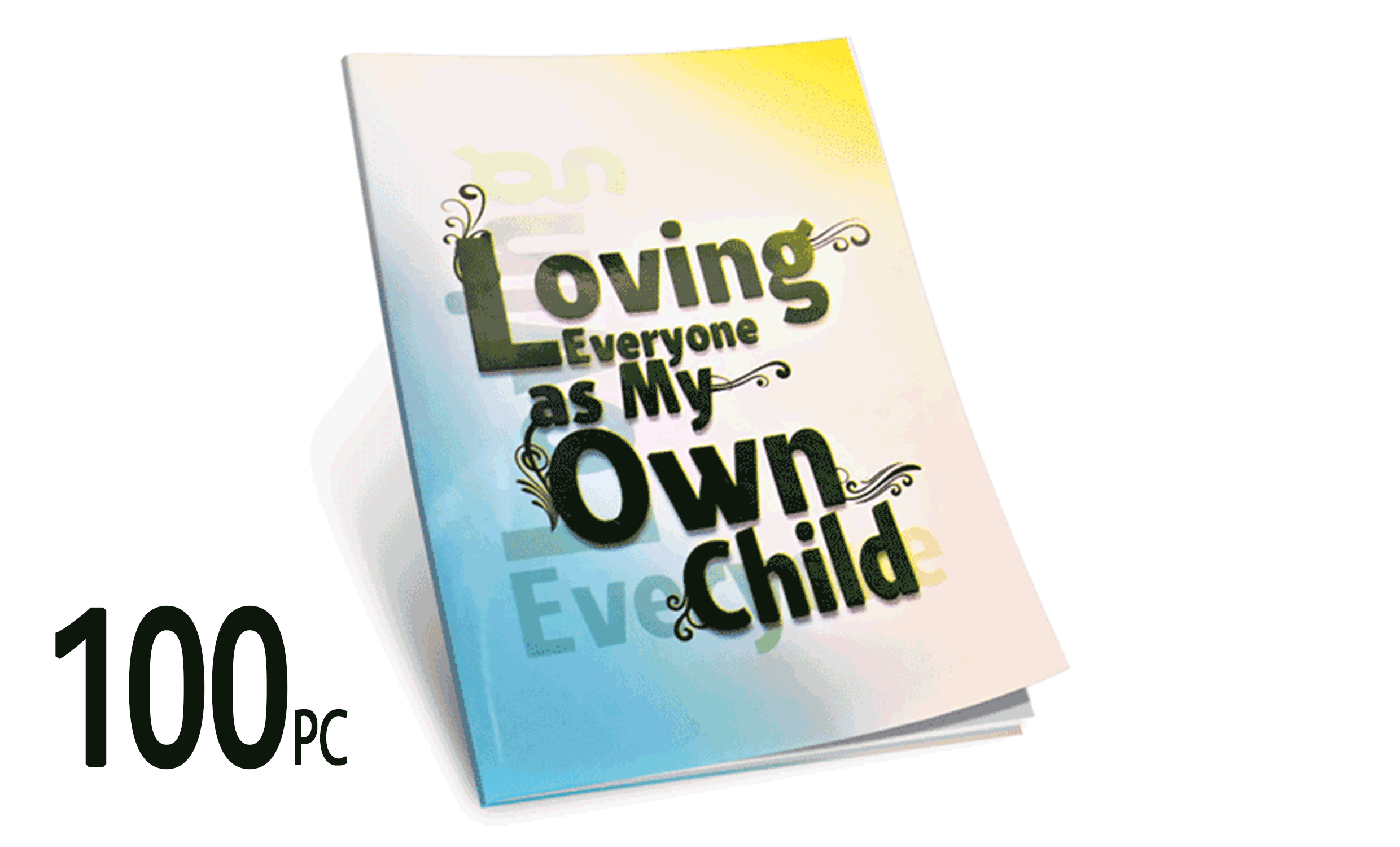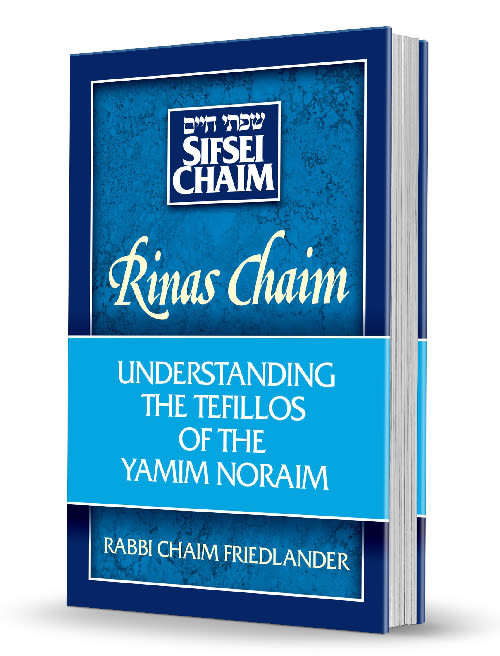
The Purpose of the Journey
Why is it such a big deal to go to Meron on Lag b'Omer? Why is it important to rejoice with the tzaddik?

Translated from Rabbi Arush’s feature article in the weekly Chut shel Chessed newsletter. The articles focus on his main message: “Loving others as yourself” and emuna.
Only One Intention
So, what should one do on Lag B’Omer? Go to Meron! Go to the holy tziyun (grave site) that was chosen by Heaven in a miraculous way to become the resting place of the kodesh hakodashim, Rabbi Shimon bar Yochai.
But what for? What should one do there? It’s very simple: be joyous; simply joyous! Dance and sing. Eat and drink and be happy. One doesn’t go there to cry, or for anything else – only to be joyful at the joy of the tzaddik. That is the only goal of the trip there!
True, one also pours out one’s heart, and does teshuva from the depths of the heart, and the tears come, and one prays for the entire nation and for individuals and brings salvation upon oneself. But all these things are facilitated only by this great joy. As Rabbi Nachman says, joy produces perfect crying, the result of a person being happy with Hashem all day long.
But when a person wants to cry in prayer – says Rabbi Nachman – that is a foreign thought. That is not the main and desirable intention. The main intention is to connect to Hashem, and from this connection with Hashem you also get tears pouring forth.
So it is regarding traveling to Meron. One is going to connect to the tzaddik, and the tzaddik wants people to be joyful on the anniversary of his passing, the yom hilula. And, as is known, Rabbi Shimon was very upset with anyone who inspired crying on the holy day of Lag B’Omer.
When one is happy, and dances and connects to the soul of the tzaddik together with masses of Jews, as is the desire of the tzaddik, out of that regret blossoms, as does the confession, and that inspires one to pour out one’s heart and cry. This is already something completely different. That is how one can truly activate salvation.
The passuk, “Anna Hashem…” – “Please, Hashem, save now! Please Hashem, bring success now!” appears in the Hallel immediately after the pasuk: “This is the day Hashem has made; let us rejoice and be glad on it.” One may interpret it in a way very close to the simple meaning. According to what we just explained, when is the cry of “Please, Hashem, save now” desirable and accepted? When it comes out of a person who is happy on the holy day!
Seeing the Sounds
When Rabbi Shimon died, a Heavenly voice came out and declared: “Come to the hilula of Rabbi Shimon.” The tzaddikim say that every year since then, to this day, that same Heavenly voice comes out and makes its announcement and invites all Jewish souls to participate in the great joy that exists on this day in Heavens and on earth, the joy of the tzaddik, Rabbi Shimon bar Yochai.
And one can indeed see Jews from all over the country – fathers and mothers, young and old, whole families, from all sectors of Jews, undertaking the long trip up to Meron, despite the difficulty and the crowding, and despite the heat. They invest much time and effort and money as well in the trip and donate refreshments for the honor of the tzaddik. This is a rare phenomenon in terms of its scope and extent; it is unique.
And that was what the tzaddik wanted: that people should come to his resting place and rejoice with him, through singing and dancing, eating and drinking. We have testimonies from great tzaddikim and talmidei chachamim, who spent much time – sometimes even a few days – traveling to participate in the great rejoicing, and they testify that they saw great salvations: sick people who recovered, childless women who had babies, and the fulfillment of all the heart’s desires for the good, in merit of the very participation in the tzaddik’s joy on this day.
To Increase and Spread the Abundance
But it is understandable that the stronger the connection with the tzaddik, the stronger the relationship, and so is the greater the abundance one merits. The way to strengthen the relationship with the tzaddik is to study his teachings. Even if one doesn’t understand the depths of the holy Zohar, there is still a great advantage in reading the books of the Zohar and the Tikkunim even without understanding them. The Ben Ish Chai said that the more a person is connected to the teachings of the tzaddik, the more justification there is for him to stand before his holiness in Meron and to see salvations.
But the main connection and the strongest one with the tzaddik is walking in his ways! As the Mishna says: “whoever has in him these three things is from the disciples of Avraham Avinu,” because anyone who has some of the traits of Avraham Avinu is counted as a disciple, and that is the interpretation of the Mishna: “Be of the disciples of Aharon”, by way of loving peace and pursuing it, you can merit to be one of Aharon Hacohen’s disciples.
Therefore, whoever wants to enlarge and increase the flow from the fountain of salvations for himself and for his household and for all Jews – the advice is to increase one’s efforts to acquire Rabbi Shimon’s midot (traits), which include, of course, his emuna (faith), his holiness, his devotion to Torah study and his praying. And the main thing is his enthusiasm and joy in doing Hashem’s will. By doing so, a person can merit being one of Rabbi Shimon’s disciples and come to his domain.
To Stop all Travails and Plagues
But above all, the special characteristic in Rabbi Shimon’s traits is love and closeness to others, and the connection with all Jewish souls, as Rabbi Shimon himself says, “All we do depends on love”: All the Torah secrets revealed in his study hall were the result of true love between friends.
And indeed, Rabbi Shimon and his holy group were the perfect tikkun (correction) for the fault in Rabbi Akiva’s disciples, who didn’t respect each other. And therefore, his hilula is precisely on this holy day, when the disciples stopped dying – because with the power of unity and love that one can sense in Meron on this sublime day, it is possible to annul all the bad, harsh decrees for all Jews.
In our generation, we have merited to benefit from the teachings of chassidut and especially those of Rebbi Nachman of Breslev, that translate Rabbi Shimon bar Yochai’s sublime secrets into practical guidance, a practical way for any person, whoever he is. The tzaddikim who understood the pnimiyut (inner depths) and the depths of Rabbi Shimon bar Yochai’s teachings, understood that the tzaddik’s wish was that his teachings would not be limited to a precious few, but, rather, they should refresh the weary, slaking the thirst of all Jewish souls and reaching even the smallest of them.
Dancing with Tzaddikim
But back to the main point: The main point is joy.
The story is told of the Ari HaKadosh who danced enthusiastically and at length in Meron on Lag B’Omer, in honor of Rabbi Shimon. There was an old man there, dressed in white, whom no one knew. Also, there was someone who was considered to be a simple Jew, because he was the shamash in a shul in Tzfat. His name was Rabbi Elazar Azikri, author of Sefer Hacharedim and of the poem “Yedid Nefesh”; at the time no one knew of his greatness and his righteousness. The white-clothed old man danced with Rabbi Elazar, and then danced alone for a long time with the Ari HaKadosh; afterwards, the Ari HaKadosh danced for a long time alone with Rabbi Elazar Azikri.
When the dancing ended, the disciples got up the courage to ask the Ari: “The fact that you danced with the old man – apparently you know that he is a distinguished person; but why did Rabbeinu dance with the shamash? Isn’t that beneath your dignity?” The Ari answered: “That old man was our master, Rabbi Shimon bar Yochai, whose hilula we were celebrating. And if Rabbi Shimon bar Yochai danced with the shamash, so it should be beneath my dignity to dance with him?!”
From this we learn that Rabbi Shimon himself dances happily with those who dance and are happy on his yom hilula. And even if we don’t have the pure eyes of Rabbeinu the Ari to enable us to see this, we are, after all, believers, children of believers, and believe wholeheartedly that that is indeed what happens every year.
Holy Jews, come to rejoice in the joy of the tzaddik. Don’t make any calculations. Make an effort to learn his Torah and share his middot – and in that merit we will have great salvations, individual and national, Amen.











Tell us what you think!
Thank you for your comment!
It will be published after approval by the Editor.